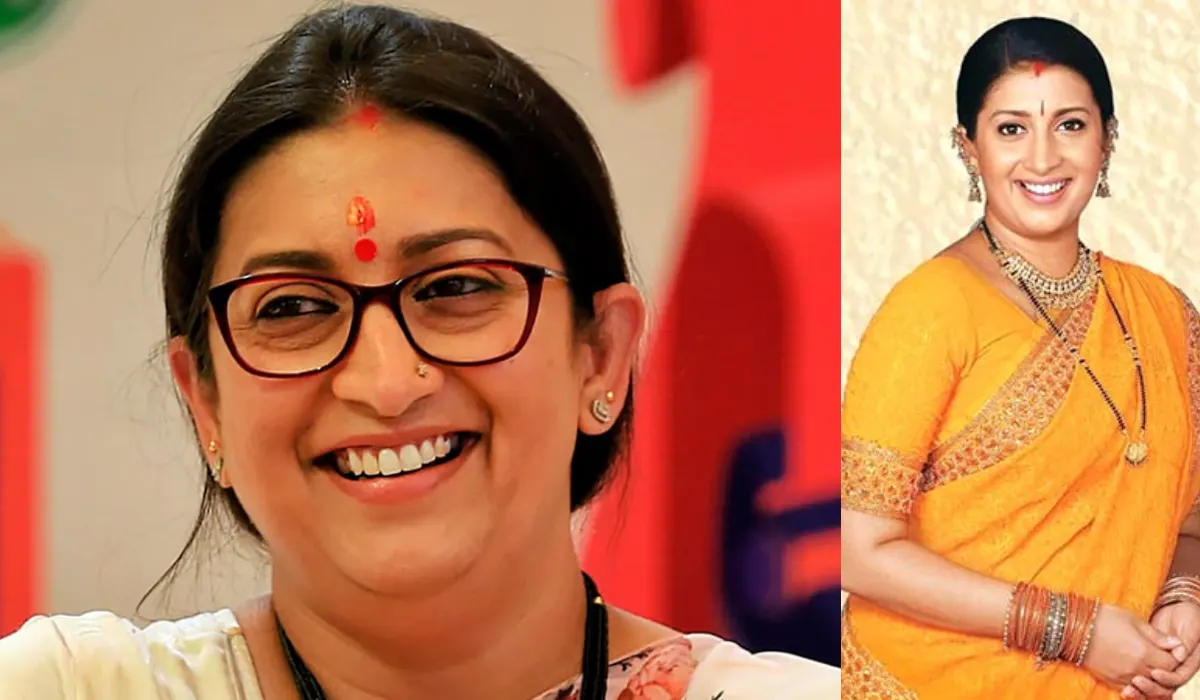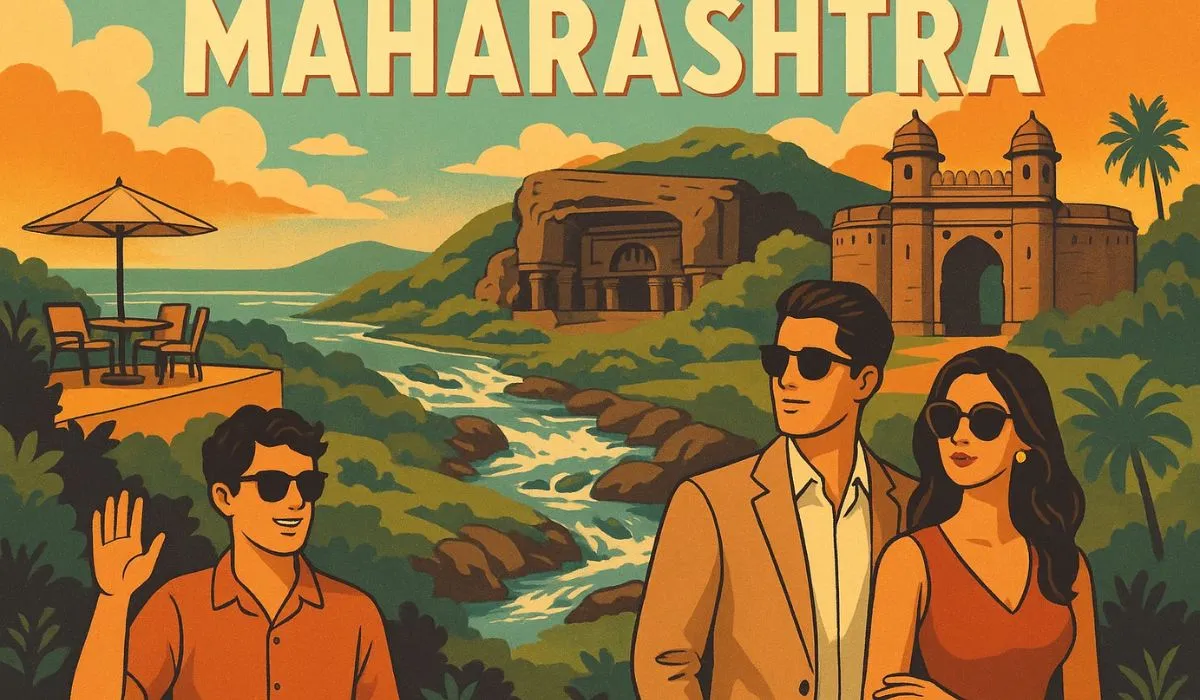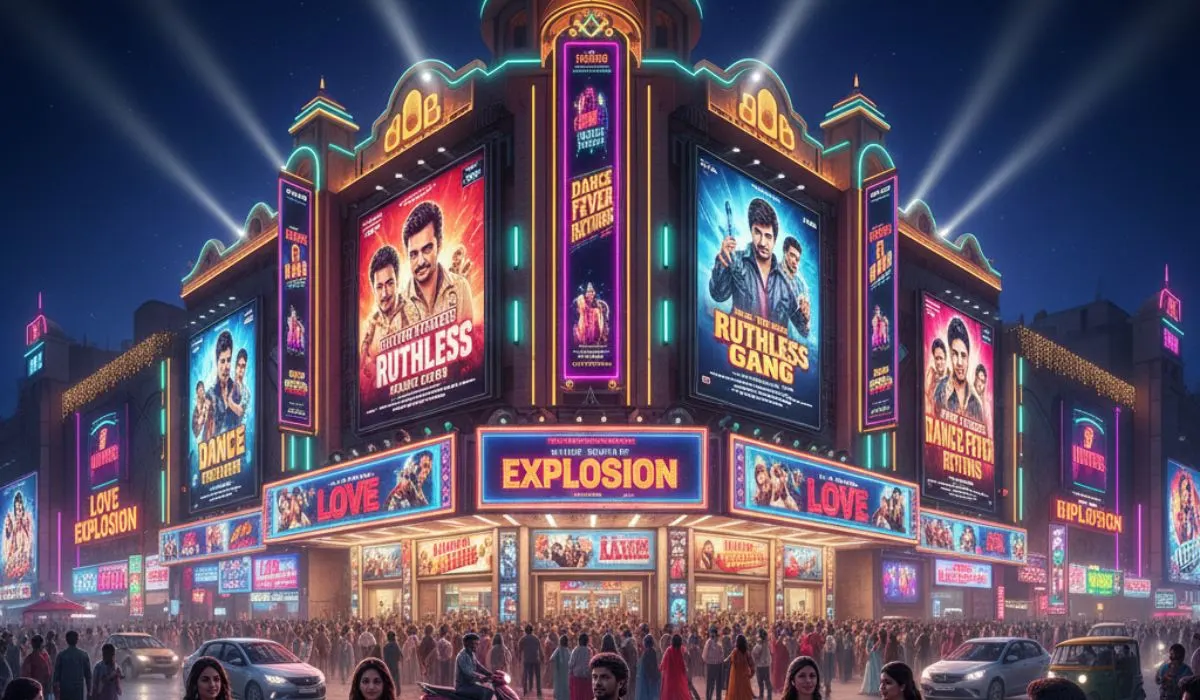It’s been twenty-five years. Yes. A full quarter-century since the first time Tulsi Virani appeared on our television screens. Some people reading this weren’t even born when that first “Kyunki saas bhi kabhi bahu thi…” title track played, diya flickering in slow motion. And yet — here we are, in 2025, still talking about it.What makes a show that ended more than a decade ago still show up in conversations, memes, YouTube clips, and even inside quiet living rooms where someone, somewhere, is rewatching it? Let’s talk about that. Not in a “media analysis” kind of way, but like real people remembering something that still lives in our heads. Tulsi never really left, did she?
That Theme Song Was a Signal
If you grew up in the early 2000s, you know. You just know that when that music started — the intro with the diya, the temple bell, the echo of “Kyunki...” — everything else stopped. Homework could wait. So could dinner. Your mom probably shushed you mid-sentence. Your dad might’ve pretended to read the paper but glanced at the screen. That song? It wasn’t just music. It was a daily moment. A kind of family clock that said, “It’s time.” It still makes people emotional. Or oddly comforted. Or both.
Tulsi Wasn’t Just a Character
Smriti Irani became Tulsi, and Tulsi became something more than a bahu. She was layered. She cried, yes — of course. But she also fought back. Not in a loud, villainous way, but in that slow-burn, middle-class, moral kind of resistance. For many women watching — whether they were 22 or 52 — Tulsi felt right.
Not perfect. But... just. Someone who didn’t want to hurt, but would if she had to protect what mattered. She made decisions most of us wouldn’t even dream of. Remember when she… you know, the thing with her son? People were outraged. But also proud. Confused. It was... complicated. Like real life.
Read also: Bollywood Couples Who Married In 2025
The Family Felt Real. Almost Too Real.
There were so many people in that house. Baa, Mihir, Savita, Ganga, Gautam, Karan, and then the ones who just kept popping in and out as generations went by. But here’s the thing: they didn’t feel like “characters.” They felt like your own relatives — if your relatives wore silk sarees and lived in mansions, sure — but still. The arguments, the secrets, the kitchen politics, the tears over tea... all of it felt oddly familiar.
You didn’t just watch them. You cared about them. You got annoyed when Gautam acted selfish. You wanted to hug Ganga when she was crying for the third time that week. You waited for Baa to say something wise — because she always did.
Yes, the Drama Was Too Much. That Was the Point.
Let’s not lie. Kyunki had its share of moments. People came back from the dead. Face surgeries changed actors. Babies turned into 25-year-olds overnight. Time jumps made no sense. At one point, you just stopped asking “how?” and accepted the madness.
But it worked. It worked because the emotion stayed real. Beneath all the “plastic surgery twist” stuff, it was always about love, betrayal, sacrifice, fear — things people get. You cried because Tulsi cried. You hated Savita, but secretly missed her when she left. You may have rolled your eyes at the storylines, but your heart? Still tuned in at 9.
It Was More Than Just a Show — It Was Routine
Ask anyone who watched it live. The show wasn’t part of your day — it shaped your day. People cooked faster to finish before 9. Students negotiated with parents: “Bas episode ke baad padhenge!” Some skipped tuition. Some skipped weddings. Entire families sat together — no headphones, no smartphones. One screen. Everyone watching. Even the commercials became familiar. That was the kind of loyalty the show built. And when you missed an episode? You didn’t “Google the recap.” You called your friend or neighbour and said, “Aaj kya hua?”
Tulsi vs Savita: Iconic
Let’s just take a second here to acknowledge that the Saas vs Bahu showdown in this show? Untouchable. Savita (played brilliantly by Apara Mehta) wasn’t just a villain. She was complex, cold at times, but not always wrong. And the way Tulsi stood her ground — not with shouting, but with that intense, quiet determination — it was legendary. This wasn’t just “mother-in-law vs daughter-in-law.” It was tradition clashing with morality. And somehow, both sides had a point.
The Episode That Changed Everything
Okay, so… remember when Mihir “died”? People actually lit candles for him. Newspapers ran editorials. There were protests. And then, Ekta Kapoor brought him back — because the country just wasn’t ready to say goodbye. Which other show can say that? Not even cricket matches got that kind of response back then. That one twist made Kyunki cross over — from show to sensation.
It Started a Revolution
We forget this sometimes, but Kyunki wasn’t just a hit — it changed television. After it came:
- Kahaani Ghar Ghar Kii
- Kasautii Zindagii Kay
- Kasamh Se
- and about 30 more “K” serials
Suddenly, everyone wanted to recreate the Virani magic. Same sets. Same emotional camera zooms. Same background score. Some shows did well. But none quite hit the way Kyunki did. Because you can copy plot. You can’t copy connection.
Read also: 10 Family-friendly Movies In Maharashtra
Even the End Didn’t Feel Like the End
It wrapped up in 2008. A proper farewell. But nobody really let go. Re-runs played for years. Even now, someone somewhere is uploading grainy clips to YouTube. Your mom still remembers what Tulsi said in episode 382. Your aunt still swears Ganga was “too sweet to deserve what she got.” Even Gen Z kids find it now — some as a joke at first, then five episodes later, they’re emotionally invested and asking, “Wait, so Tulsi shot her son?”
So Why Does It Still Rule in 2025?
Simple answer? It was honest. Not always realistic — but always honest. t didn’t try to be “cool.” It didn’t worry about Twitter trends (which didn’t exist then). It just told stories — sometimes too slowly, sometimes too loudly — but always from a place of emotion.
And maybe that’s what today’s content lacks. Today, everything’s quick. Shows end in one season. Characters don’t stay long enough to love. Emotions are rushed. Kyunki was slow. Sometimes frustrating. But it gave us time to feel. After 25 years, what’s left to say?
Just that some shows aren’t shows. They’re seasons of our life. Tulsi, Mihir, Baa — they were with us when we were growing up, figuring life out, sitting with family. The show didn’t just show family. It was part of the family. It still rules because it was never trying to rule. It just stayed. And we let it. Or maybe we needed it to.












